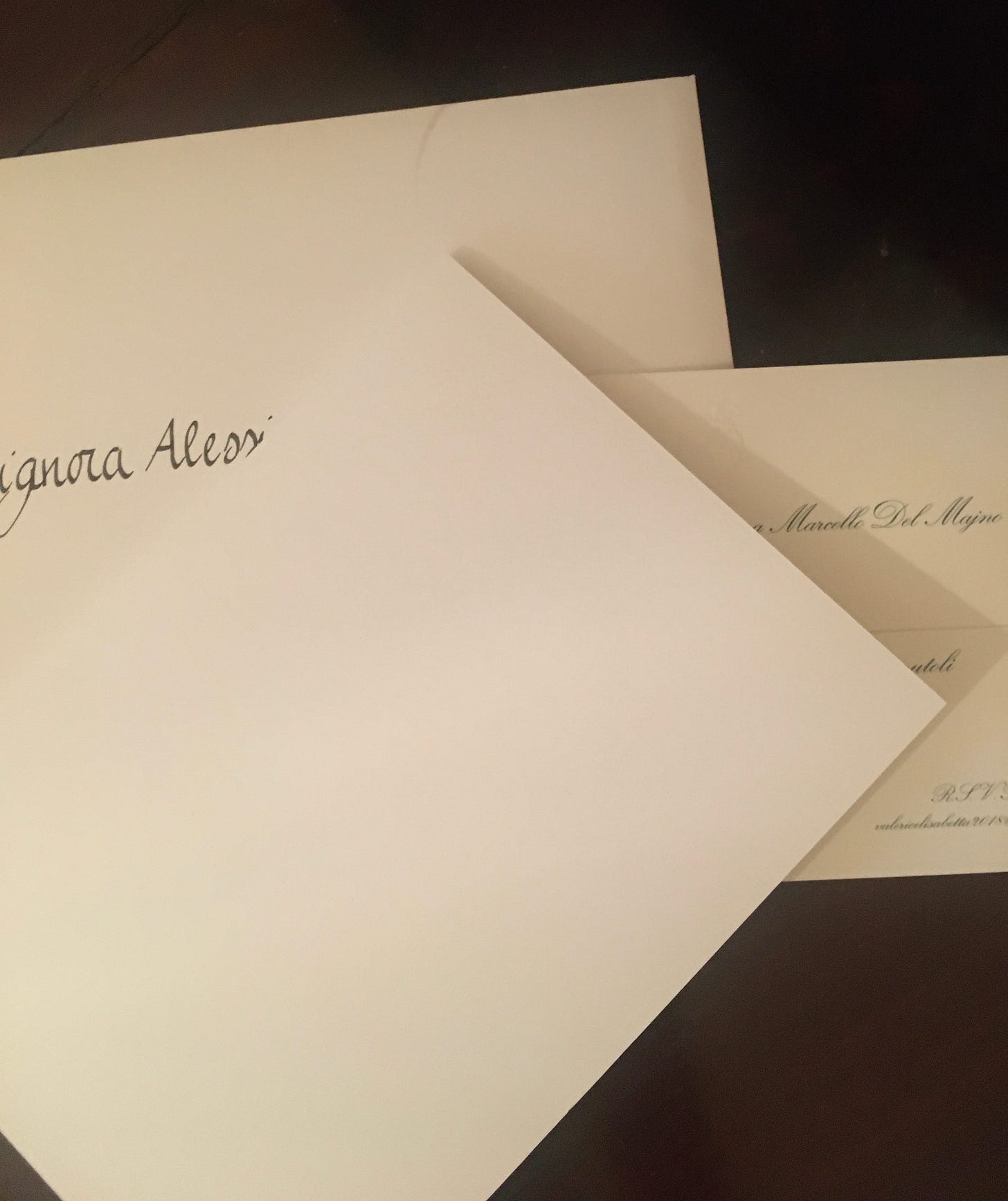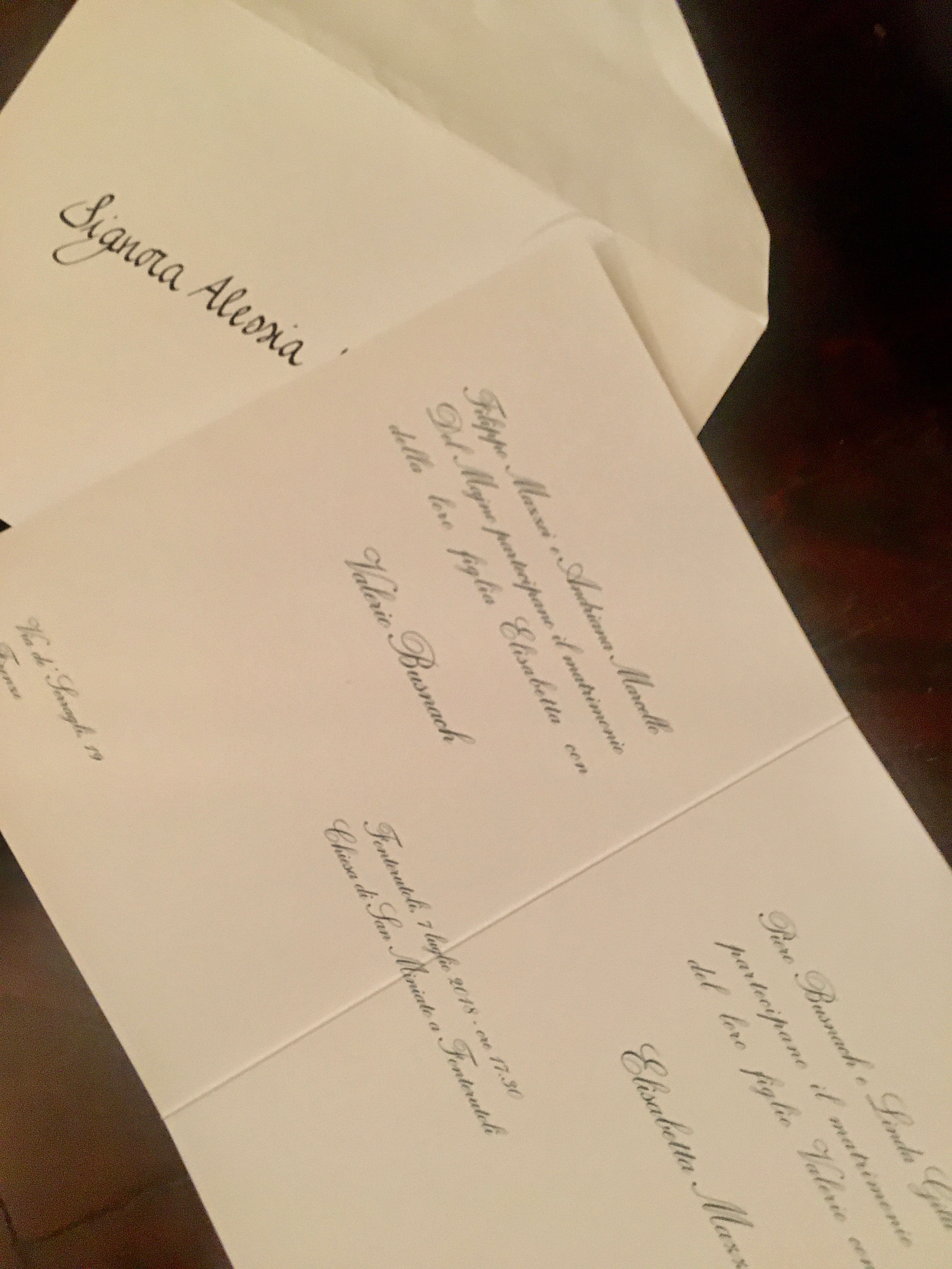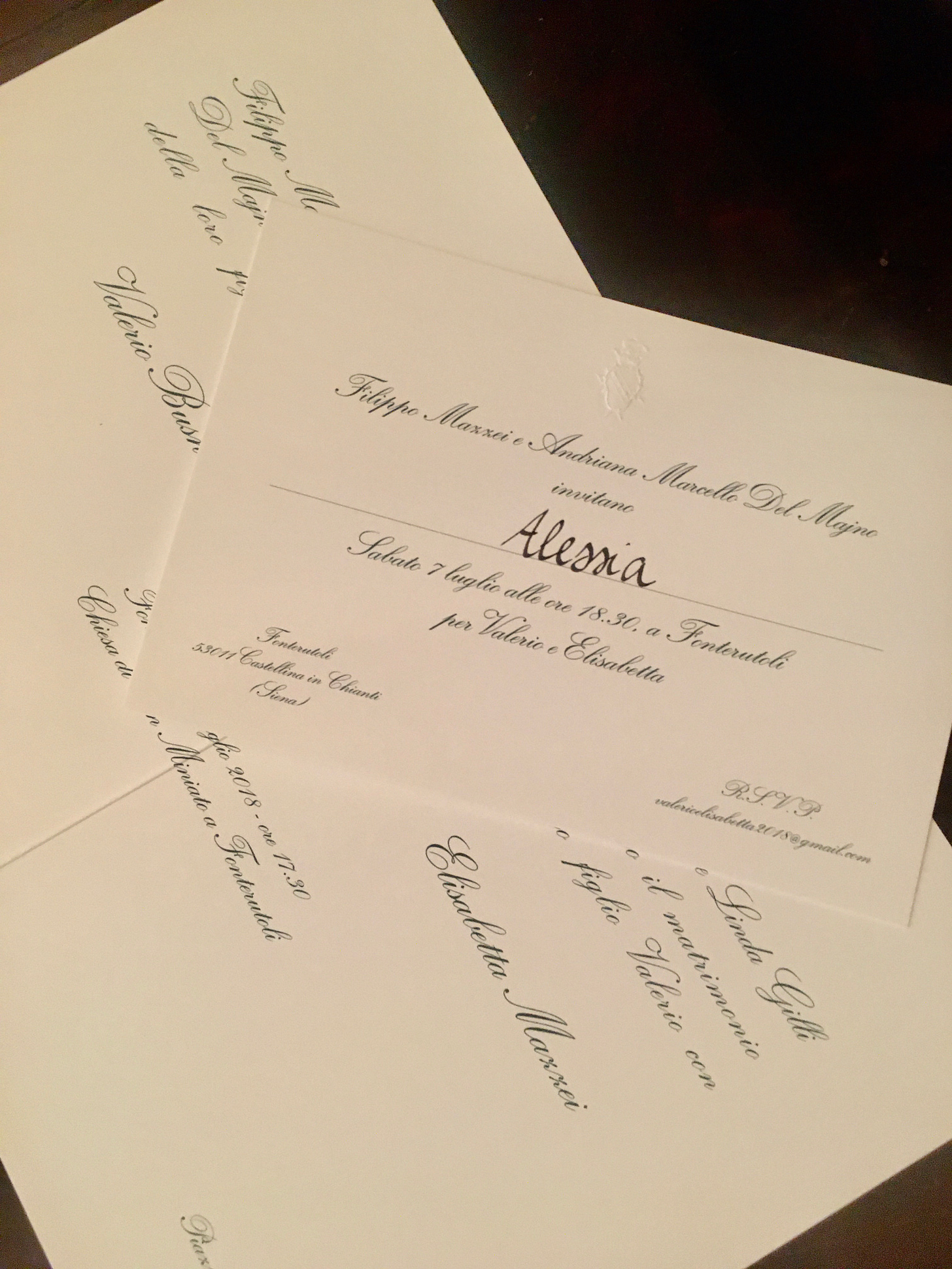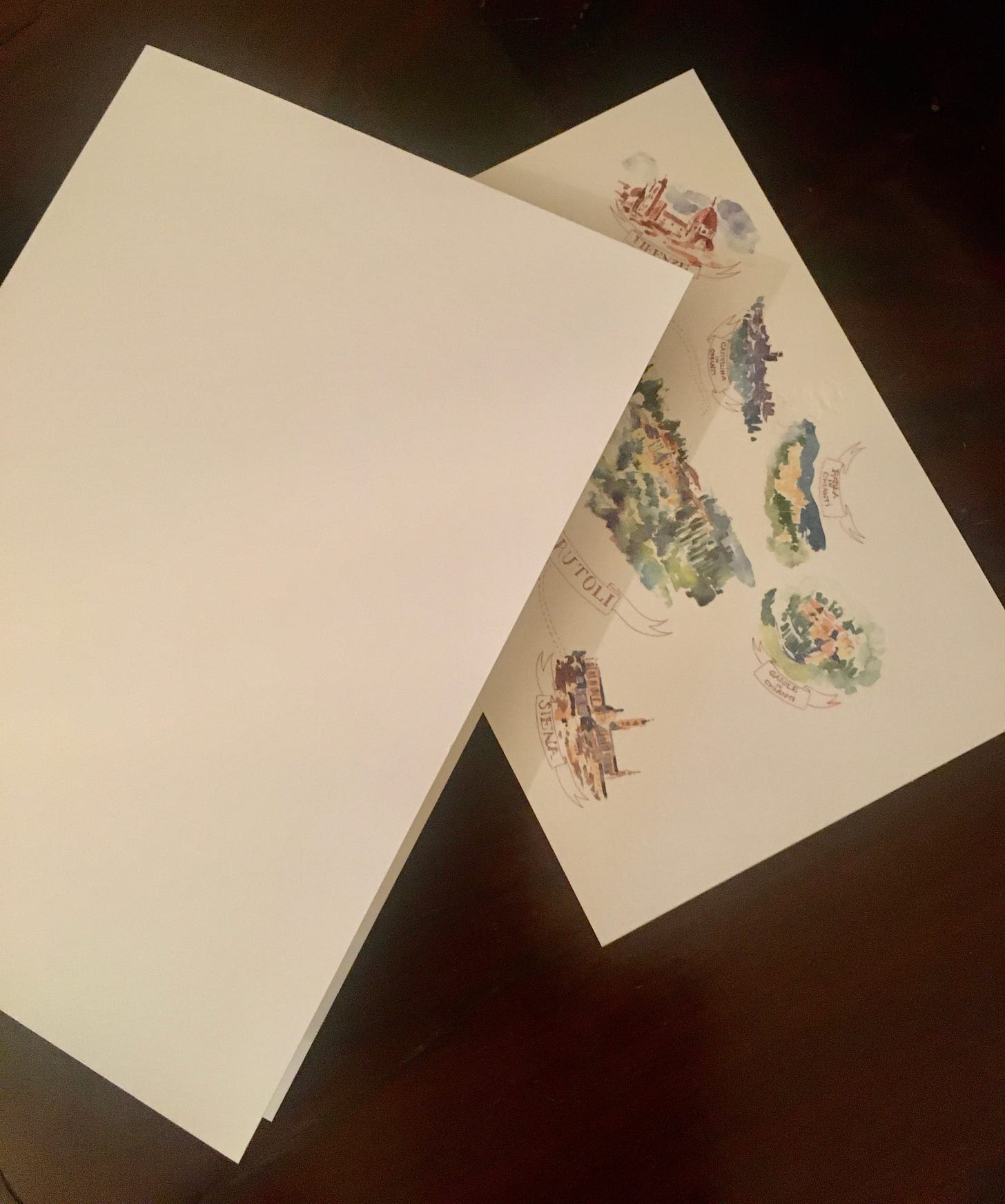After picking the definitive date and venue of the event (on the venue we will go in-depth in the next issues), you should communicate to the world your intention to get married, if a ceremony with invitees is what you’re seeking.
Once upon a time, tradition used to dictate that you had to send out paper announcements (and invitations, if any) exactly thirty days prior to the fateful date, at least that’s what used to work in Italy. Even today, effectively, whoever decides to follow the golden rule goes ahead and sends out paper announcements well in advance. However, some people prefer to go down the alternative route and send out digital announcements and invitations, perhaps even create an ad hoc website for the wedding: lucaandpaola dot com or something along these lines, where people can dig out all they need to know about the event, such as how to get to the venue, where to stay overnight (if necessary), whether a wedding registry exists and so forth.

Let’s stay on the classic side, though, and talk about paper-based announcements/invitations. I’ve seen those in the most incredible and amazing forms and shapes, but the simplicity of the so-called handmade paper always earns high appreciation. Handmade paper is a valuable type of paper originating in ancient times that distinguished itself for its irregular borders. Actually, the details that make this paper stand out are many, but at first glance, the one that makes you think about the newlyweds-to-be’s aim to communicate something special is, indeed, the borders. There are many different versions: thickness, grain and color determine the quality and style of the manufacturer. However, the irregular borders that make these papers seem like they’ve been cut by hand shouldn’t really be too irregular. As always, a good balance should be sought and found.

What I like – and recommend – is mid-thickness, light ivory-colored handmade paper, with not-too-pronounced borders. Even though I prefer this type of handmade paper, which by the way is the one I used for my announcements and invitations, let me show you these images: you will notice a very elegant announcement, realized by applying all classic and traditional criteria, on thick paper, but with irregular borders. In this case, the envelopes had been hand-written by a calligraphist, whilst the announcements and invitations had been printed following the bon ton and proportion criteria required by the ceremony.

So, as you can see, the wedding’s paper-based communication to be dispatched or sent by hand (in Italy we write “SPM” on the envelope, which stands for “Sue Proprie Mani”: literally, “His/Her Own Hands”) should include three pieces: the envelope, rigorously hand-written, the announcement and the invitation. Let me linger for a second on the difference between announcement and invitation, even though, it happened that (I’m not kidding) – and you’ll probably roll your eyes here – some people thought they’d been invited by simply receiving an announcement. If you receive only the announcement, it means that the newlyweds-to-be’s intention is to only “announce”, i.e. let you know, that they will get married, but you’re not invited to the wedding. In this case, good manners imply that you should reply by sending a best wishes card and some flowers (if you know or are friends with the bride), or just a best wishes card (and nothing else) if you know or are friends with the groom. If, however, you receive the announcement AND the invitation, it means that you’re invited to the wedding and you should reply well in advance confirming (or not) your presence. Usually an RSVP note with a telephone number (or even an email address) is there to make things easier. Again, good manners imply that you always reply, even if you won’t go. And don’t forget that a wedding present is always due, regardless of your participation to the event.

Also, remember that you should avoid taking initiative on your presence to the wedding: the invitation should be clear and personal. So, if there’s “Mrs. XY” written on it, like in this case, it means that the invitation is for a specific person, who should not arbitrarily decide to attend with a friend, or a son, a daughter, a nephew and so on. Pursuant to classic wedding “rules”, the lady in this example has received a personal and exclusive invitation because she’s not married, otherwise the invitation would have been sent to a couple, by clearly stating both names. However, if you do know that this lady is not married but has a partner, then the partner should get his personal invitation. It seems complicated but it isn’t.
Additionally, in case the invitees are a couple with children, you should specify that the invitation is for the whole family. So, instead of the names of the couple, the invitation should be addressed to the family by specifying it clearly. Only in this case a couple with children (either little or grownups) are allowed to show up at the wedding.
This last rule is extremely important as you should be careful not to create any embarrassment among your guests. For the avoidance of any doubt, you should always address your invitations very clearly.
So, to conclude, I recommend you use high-quality paper, a font and proportions that would not take too much space on it, and clear information. For any detail, it should be the invitee’s care to perhaps make a congratulations call to respond and take the opportunity to ask questions about anything that was not super clear in the paper communication.
In any event, remember that the announcement determines, in the eyes of who receives it, the standard and the level of the wedding, so you should be very careful to make it in line with the type of wedding you wish to realize, otherwise your guests will be kind of taken aback, by all means (with dresses and presents not up to the occasion).
As you can imagine, we could go on indefinitely talking about this topic, but I believe this issue does a good job at tackling your initial doubts and put you in the right direction as far as announcements and invitations are concerned.



